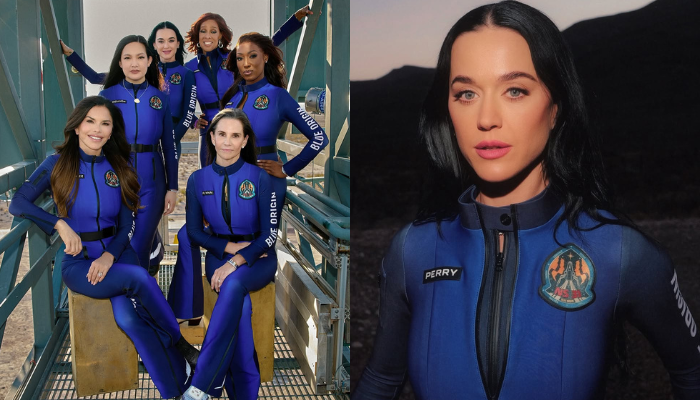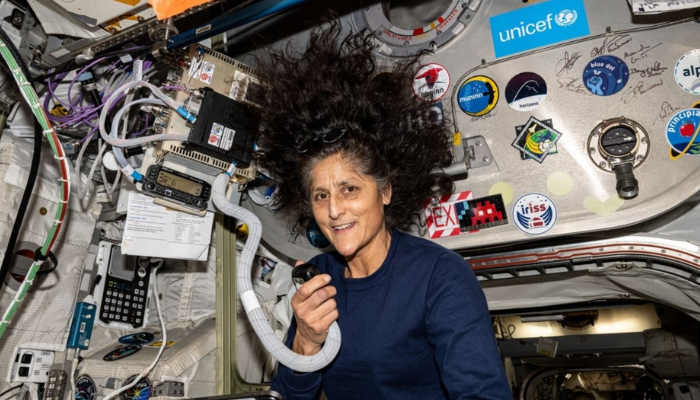Scientists at Cambridge University have found intriguing, though still tentative, evidence that life might exist on a distant exoplanet named K2-18b. Using NASA’s James Webb Space Telescope (JWST), the team detected chemical signatures in the planet’s atmosphere, specifically dimethyl sulphide (DMS) and dimethyl disulphide (DMDS), which, on Earth, are only produced by marine life and bacteria.
Signs of alien life found in K2-18b
Lead researcher Professor Nikku Madhusudhan described this as the strongest sign yet of possible alien life. In an interview with the BBC, he said, “This is the strongest evidence yet there is possibly life out there. I can realistically say that we can confirm this signal within one to two years.” However, he stressed that further data is essential to confirm the findings. Current evidence stands at a “three sigma” level, about 99.7% certainty—but the scientific community requires a five sigma (99.99999%) level for confirmation.
K2-18b is about two and a half times larger than Earth and lies roughly 120 light-years away from us in the constellation Leo. Despite the excitement, experts caution that non-biological processes might also produce these gases. Debate continues over whether K2-18b hosts a vast ocean or is a mini gas giant. Still, this discovery marks a potential turning point in humanity’s quest to answer whether we’re alone in the universe.




